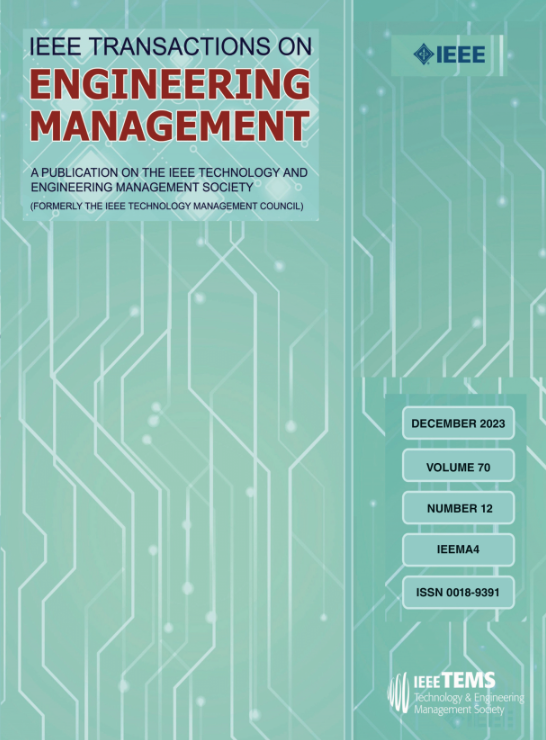基于公平视角的无人机和船只的双目标卡车旅行商问题
IF 5.2
3区 管理学
Q1 BUSINESS
引用次数: 0
摘要
救灾物资的分发是救灾的一个重要方面,它可以减少灾后阶段受害者的痛苦。救灾物资的分发是一个复杂的过程,特别是当可用的道路因洪水等灾害而受损或受阻时。使用卡车、无人机和充气船可以有效地解决这个问题,因为无人机和船只可以到达卡车等传统车辆难以到达的避难所。然而,有效的分配并不能保证分配过程是公平的,因为人道主义物流与其他类型的物流不同,它更侧重于社会方面,如公平。因此,本研究旨在建立基于股权的卡车-无人机-船只路线问题的双目标模型,即无人机和船只的双目标旅行商问题。针对卡车-无人机-船的路线问题,建立了新的非线性和线性模型。本研究还提出了一种基于数学的方法,将精确方法和启发式方法相结合,称为$\varepsilon$约束和基于动态爬坡的方法(EC-DHC)来解决问题。案例研究和生成的数据集的计算结果表明,该方法产生了有希望的结果,随后为处理洪水救灾分配问题提供了有价值的管理启示。本文章由计算机程序翻译,如有差异,请以英文原文为准。
A Bi-Objective Truck Traveling Salesman Problem With Drone and Boat Considering an Equity-Based Perspective in Disaster Relief Distribution
The distribution of disaster relief is a vital aspect of disaster response, which can reduce victim suffering during the postdisaster phase. Disaster relief distribution is a complex process, especially if available road access is damaged or blocked as a result of a disaster, such as a flood. Using trucks, drones, and inflatable boats can solve this problem efficiently because drones and boats can access shelter locations that are difficult to serve by conventional vehicles like trucks. However, efficient distribution does not guarantee that the distribution process will be fair, considering that humanitarian logistics focuses more on social aspects, such as equity, which differs from other types of logistics. Therefore, this study aims to develop equity-based bi-objective models for the truck-drone-boat routing problem, referred to as the bi-objective traveling salesman problem with drone and boat. Novel nonlinear and linear models for the truck-drone-boat routing problems are developed. This study also proposes a matheuristic-based method by combining an exact method and a heuristic, called an $\varepsilon$
求助全文
通过发布文献求助,成功后即可免费获取论文全文。
去求助
来源期刊

IEEE Transactions on Engineering Management
管理科学-工程:工业
CiteScore
10.30
自引率
19.00%
发文量
604
审稿时长
5.3 months
期刊介绍:
Management of technical functions such as research, development, and engineering in industry, government, university, and other settings. Emphasis is on studies carried on within an organization to help in decision making or policy formation for RD&E.
 求助内容:
求助内容: 应助结果提醒方式:
应助结果提醒方式:


